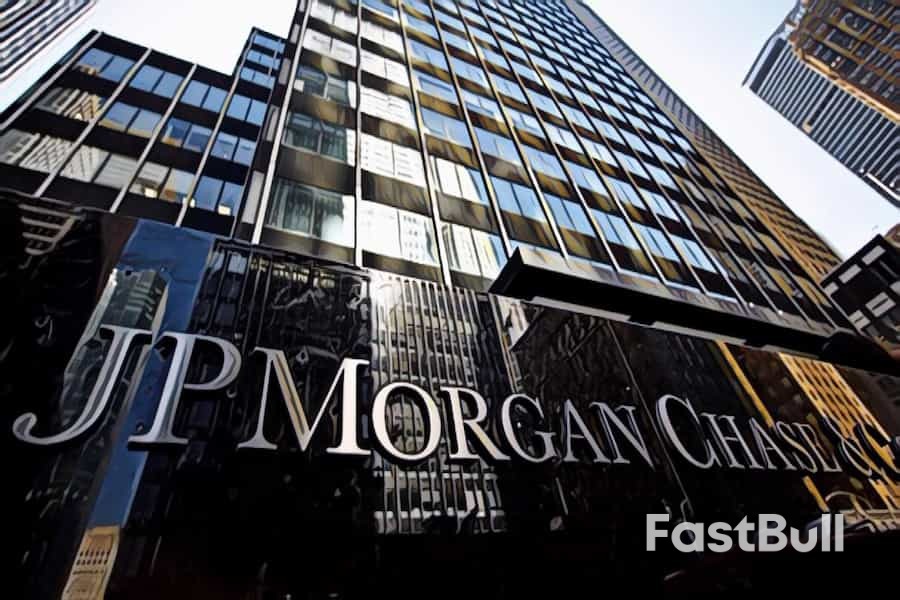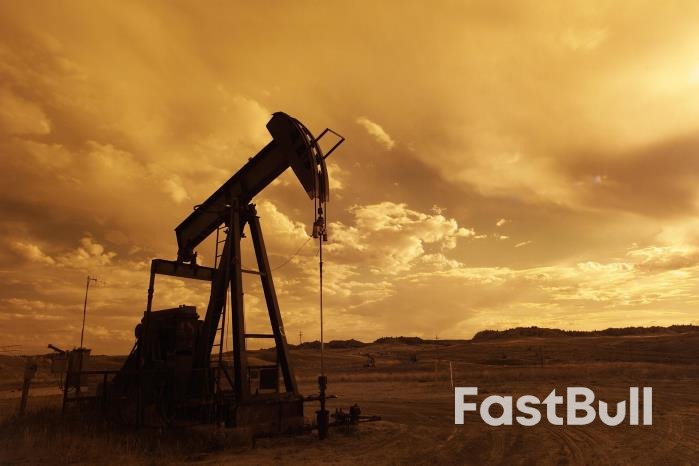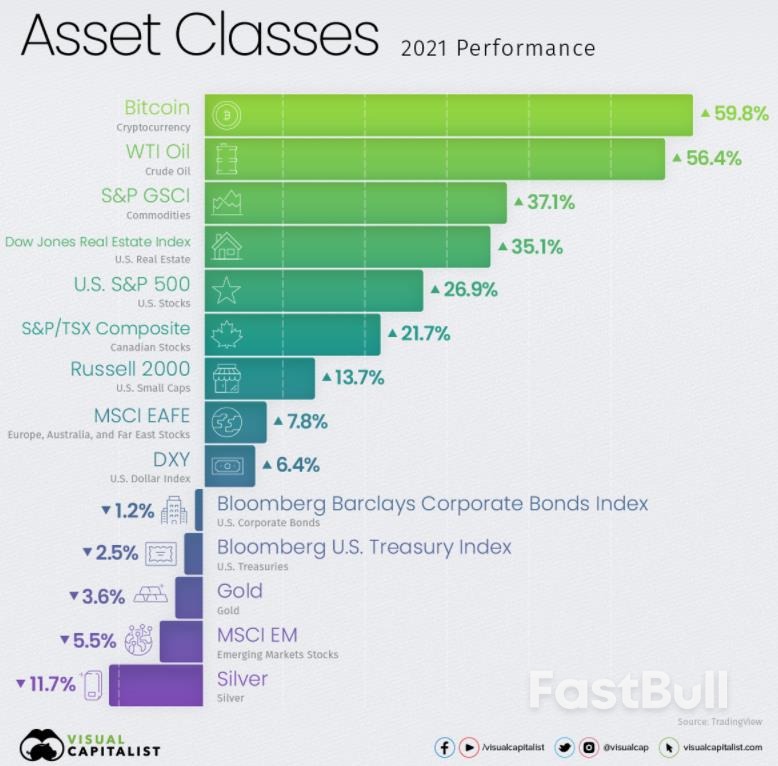China's GDP growth rate was 6.1% in 2019. Influenced by the COVID-19's great impact, China’s 2020 GDP growth plummeted to 2.3%. In the first three quarters of 2021, China's GDP growth rate was 18.3%, 7.9% and 4.9%, respectively, and China's GDP growth rate was expected to rebound to about 8.0% in 2021. This implied a two-year average GDP growth rate of about 5.2% in 2020 and 2021, which was still significantly lower than the growth rate in 2019.
In terms of the contribution of the triad of consumption, investment and net exports to economic growth, in the first quarter of 2021, the contribution of the triad to economic growth is 11.6, 4.5 and 2.2 percentage points respectively, while by the third quarter of 2021, the above indicators fell back to 3.8, 0.0 and 1.1 percentage points respectively. It is easy to see that in 2021, the contribution of consumption and investment to economic growth declined significantly, while the contribution of net exports to economic growth showed a strong resilience.
Before the outbreak of the epidemic, the year-on-year growth rate of total retail sales of consumer goods fluctuated roughly between 7-9%. In 2021, however, the indicator fell back from 33.8% in January-February to 3.9% in November. It is easy to see that the current consumption growth rate is significantly weaker than the level before the outbreak. One of the reasons is that the epidemic has so far still rebounded sporadically in various places, resulting in a still tense situation of epidemic prevention and control, which has affected the consumption growth rate of related industries; second, the epidemic has caused a significant negative impact on the income level of people in the service industry and other industries, and the decline in income growth will naturally affect the consumption growth rate; third, the current consumer expectations are weak in the short term.
The cumulative year-on-year growth rate of fixed asset investment in 2021 was high at the previous stage and low at the latter, slipping from 35.0% in January-February to 5.2% in November. Among the three major fixed asset investments, the cumulative year-on-year growth rate of infrastructure investment declined the fastest (from 36.6% to -0.2% over the same period), followed by real estate investment (from 36.8% to 6.3% over the same period), and manufacturing investment performed relatively more robustly (from 37.3% to 13.7% over the same period).
The most important reason for the significant decline in the growth rate of infrastructure investment is the high pressure of local government debt in most areas, the pressure of debt service is huge, there is not enough financial resources for infrastructure investment. Currently, local party and government officials are directly responsible for preventing and resolving regional financial risks, which makes local governments less motivated to raise debt. Recently, the Ministry of Finance stated that the hidden debts of local governments should be resolved by the local governments themselves. This means that unless the central fiscal expansion is increased, local governments do not have enough capacity to promote a new round of infrastructure construction.
The reason for the rapid decline in real estate investment growth mainly stems from a series of new regulatory policies implemented since the second half of 2020, such as the three red lines on the balance sheet, commercial bank loan concentration management, and centralized urban land bidding and auctioning. The implementation of these policies has made financing for real estate development companies difficult. Some real estate developers with adventurous operations even face the risk of debt default due to broken capital chains (For example, Evergrande Group).
Among the three major investments, the growth rate of manufacturing investment has maintained the strongest resilience. However, the leading indicators on manufacturing investment are currently mixed. On the one hand, the manufacturing purchasing managers' index experienced seven consecutive months of decline between April and October 2021, falling from 51.9 to 49.2, though it rebounded to 50.1 in November, returning above the threshold. On the other hand, the year-on-year growth rate of industrial value added of industrial enterprises above the scale rebounded for two consecutive months in October and November (3.5% and 3.8%, respectively) after a continuous decline from March to September 2021 (from 52.3% to 3.1%).
China's export growth performed astonishingly in 2021. Even leaving aside the superb 60.6% growth in January-February, the average monthly growth rate of China's exports from March to November remained at 27.2% year-on-year. The goods trade surplus of US$84.5 billion in October 2021 was also a record high. The strong contribution of net exports to China's growth was an important support for the country's ability to reach 8% economic growth in 2021. The reason why China's exports continue to be strong is that the global epidemic has boosted Chinese exports in specific sectors (e.g. medical substances and equipment, laptops, telecommuting equipment, etc.), the contrast between the raging global epidemic and China's excellent prevention and control has led to a short-term rise in the position of Chinese companies in the global chain instead of a fall, and the rise in import demand due to the fall back of the epidemic in developed countries. However, China's export growth rate cannot always stay above 20% growth rate. For example, the new export orders index in the PMI has been below the threshold for seven consecutive months between May and November 2021, which implies that external import demand may weaken in the future.
China's inflation in 2021 shows a low CPI growth rate and a rapid increase in PPI growth rate. From January to November 2021, the CPI growth rate rose from -0.3% to 2.3%, while the PPI growth rate climbed from 0.3% to 12.9%. The main reason for the low CPI growth rate is the low food prices, especially pork prices. However, pork prices and food price growth have bottomed out since October 2021. The PPI growth rate has climbed all the way up mainly due to the rapid rise in global commodity prices after the COVID-19 epidemic. However, compared with the peak of 13.5% in October, the PPI growth rate started to fall back in November.
After the outbreak of the epidemic, China's urban survey unemployment rate once rose to 6.2% in February 2020. From January to November 2021, the indicator declined from 5.4% to 5.0%, indicating a stable labor market operation. However, it is worth noting that the survey unemployment rate for young people aged 16-24 rose from 12.7% to 14.3% within the same period, implying some structural unemployment pressure in the Chinese labor market.
The Central Economic Work Conference held in early December 2021 pointed out that China's economic development is currently facing the triple pressure of demand contraction, supply shock and weakening expectations. Therefore, the economic work in 2022 should be "stable in progress", and all regions and departments should take up the responsibility of macroeconomic stability, and all parties should actively launch policies that are conducive to economic stability, with policies that are appropriately forward-looking.
Based on the above statements, I believe that macroeconomic policies in 2022 will be more expansionary compared to those in 2021.
In terms of fiscal policy, the central fiscal deficit to GDP ratio is expected to remain in the 2.8%-3.0% range, and the scale of local debt issuance is expected to rise significantly (the actual issuance scale of local debt may reach about 4.5 trillion yuan in 2022), and fiscal policy will be required to be front-loaded (concentrated on the first half of the year). At present, from the central to the local level, they are emphasizing that the economic growth rate in the first half of 2022 should be stabilized and try not to be lower than the growth rate in the 4th quarter of 2021, which means that fiscal spending will be advanced and significantly powered in the first half of 2022.
In terms of monetary policy, there had been two rate cuts in the second half of 2021 and the LPR rate was cut by 5 basis points on December 20. Further rate cuts (around 2 times) and interest rate cuts (20-40 basis points) are expected in 2022 (especially in the first half of 2022), and structural monetary policy operations are also expected to make further efforts. Considering that this Central Economic Work Conference particularly emphasized the coordination and linkage between fiscal and monetary policies, the concentration of monetary policy in the first half of 2022 will also help reduce the financing costs on the fiscal side
In addition to macro policies, the regulation and control policies for the real estate market will also be adjusted to a certain extent, as the Central Economic Work Conference, while mentioning adherence to "Housing Without Speculation", also proposed to "promote the virtuous cycle and healthy development of the real estate industry". The toughest time for the real estate market may have passed, but attention should still be paid to the risk of concentrated default by real estate developers and local financing platforms in 2022.
Considering the above policy adjustments, my forecast is that China's GDP growth is expected to reach 5.3-5.5% throughout the year 2022, with quarterly economic growth remaining low at the previous stage and high at the latter. The annual CPI growth rate will reach 2-3% and PPI growth rate will fall back to 6% or below. The urban survey unemployment rate is stable at 5% or below. This means that China's economy will continue to maintain stable and rapid growth and will continue to make important contributions to the global economic recovery in the post-epidemic era.
Source: Financial View, Author: Zhang Ming
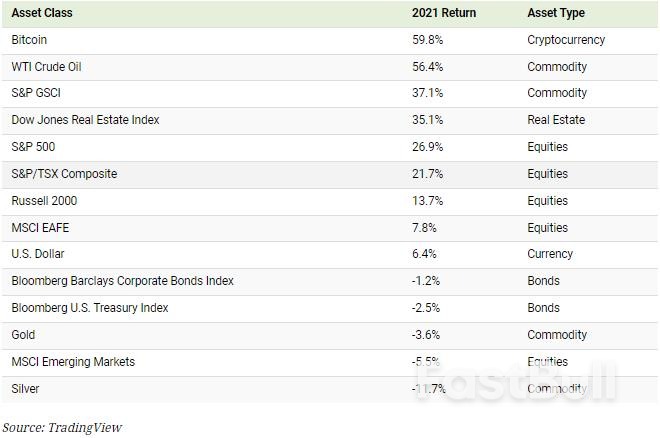
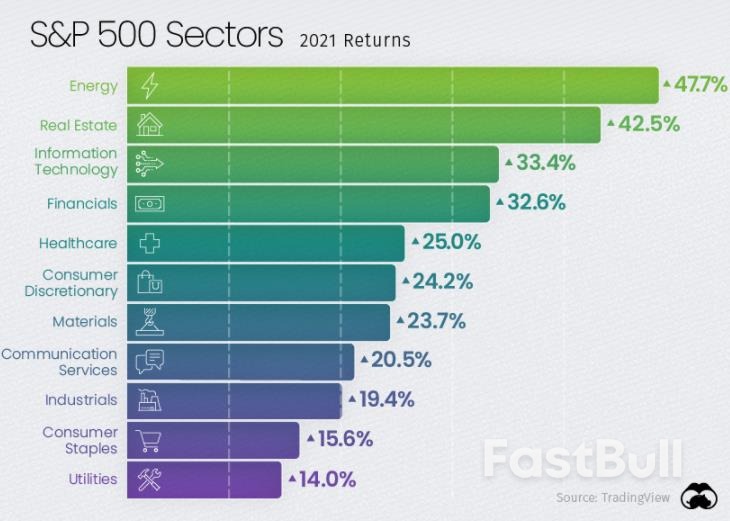
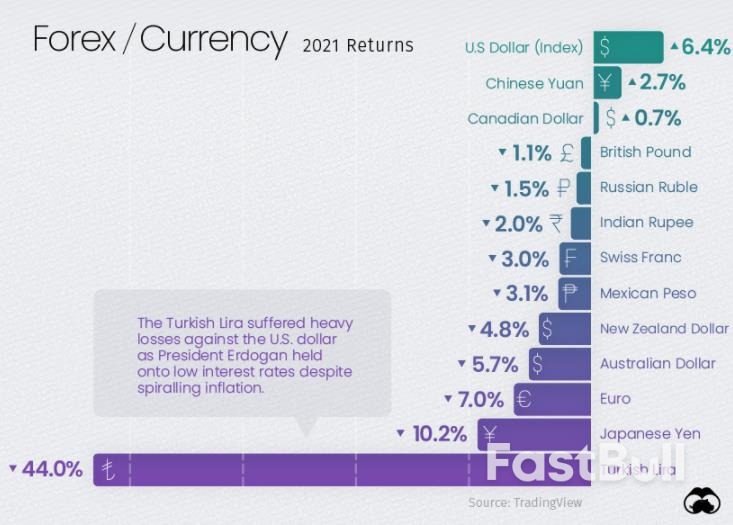
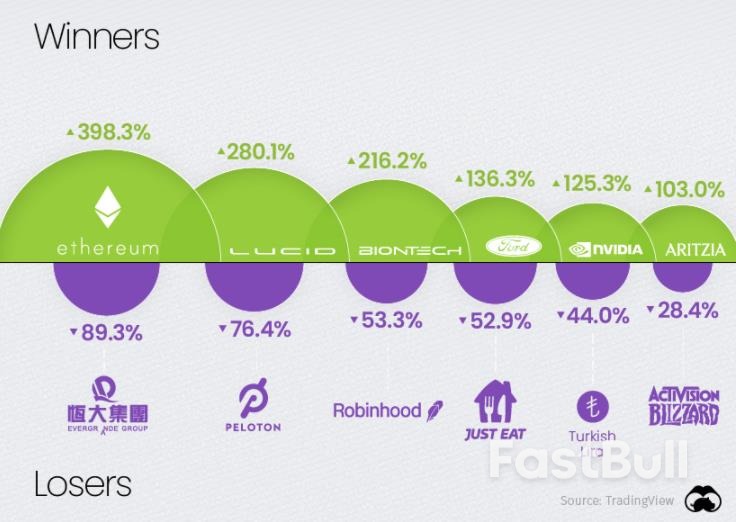




















 US
US VN
VN TW
TW


























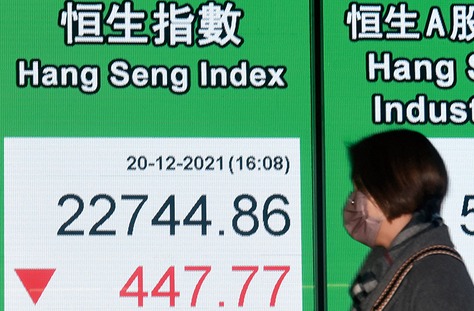 Since the 1990s, the Hong Kong stock market has gradually begun to attract mainland companies and is now deeply connected to the mainland economy and financial markets. Mainland listed companies now account for 50% of the total number of listed companies in Hong Kong, 80% of the market capitalization and 90% of the turnover.
Since the 1990s, the Hong Kong stock market has gradually begun to attract mainland companies and is now deeply connected to the mainland economy and financial markets. Mainland listed companies now account for 50% of the total number of listed companies in Hong Kong, 80% of the market capitalization and 90% of the turnover.